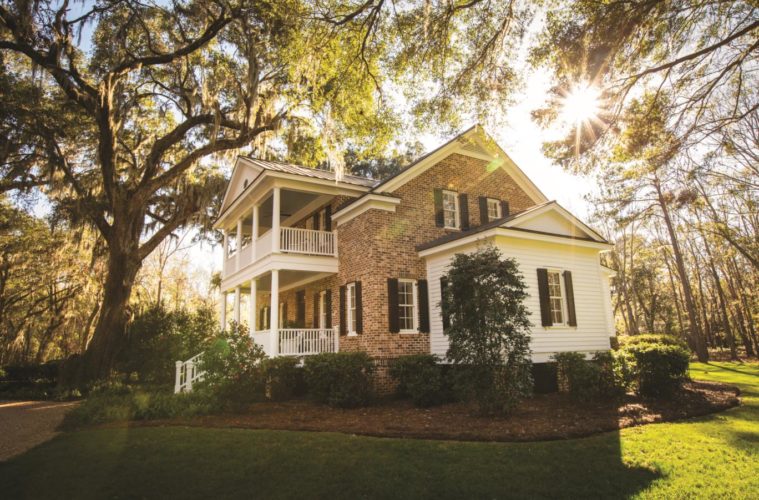Everything anyone wants to know about The Ford Plantation in Richmond Hill, Ga. can probably be learned from John and Laura Lee Samford.
She’s an interior designer with a penchant for American Saddlebred horses. He’s a retired attorney who can’t spend enough time on his boat.
In 2000, the Birmingham couple saw an ad in The Wall Street Journal for this lush residential community on the banks of the Low Country’s Ogeechee River. It showcased an enticing deepwater marina – and a world-class equestrian facility.
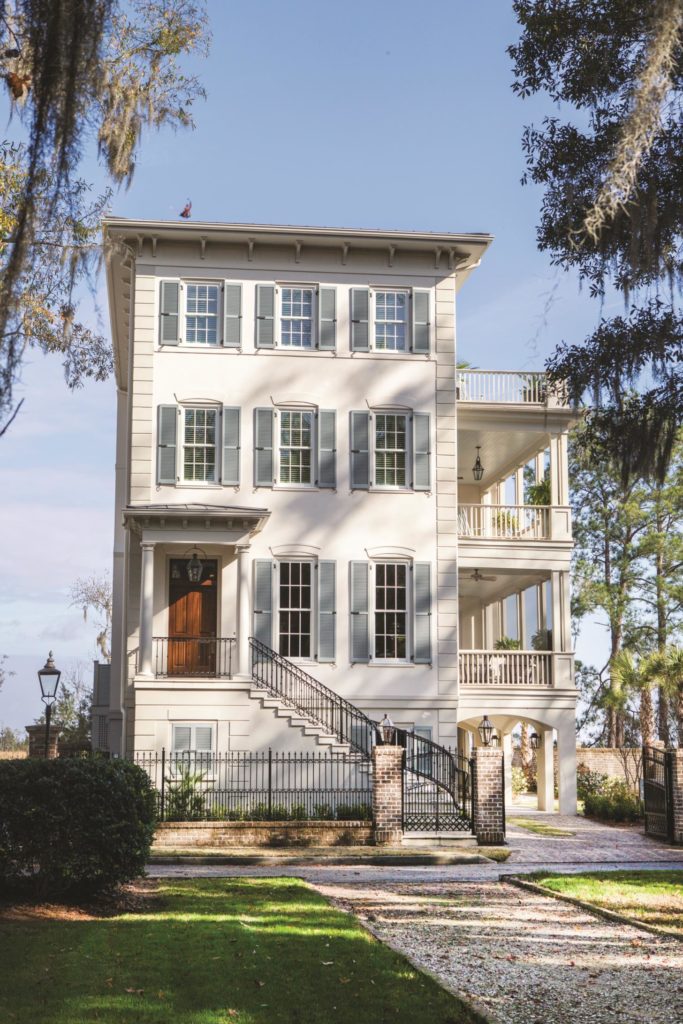

Their response was immediate. “We came over and looked at it – and made an offer on a one-acre lot before we left that weekend,” he says. “The first time we were there we had dinner in the clubhouse, and by the end of the evening we knew everyone.”
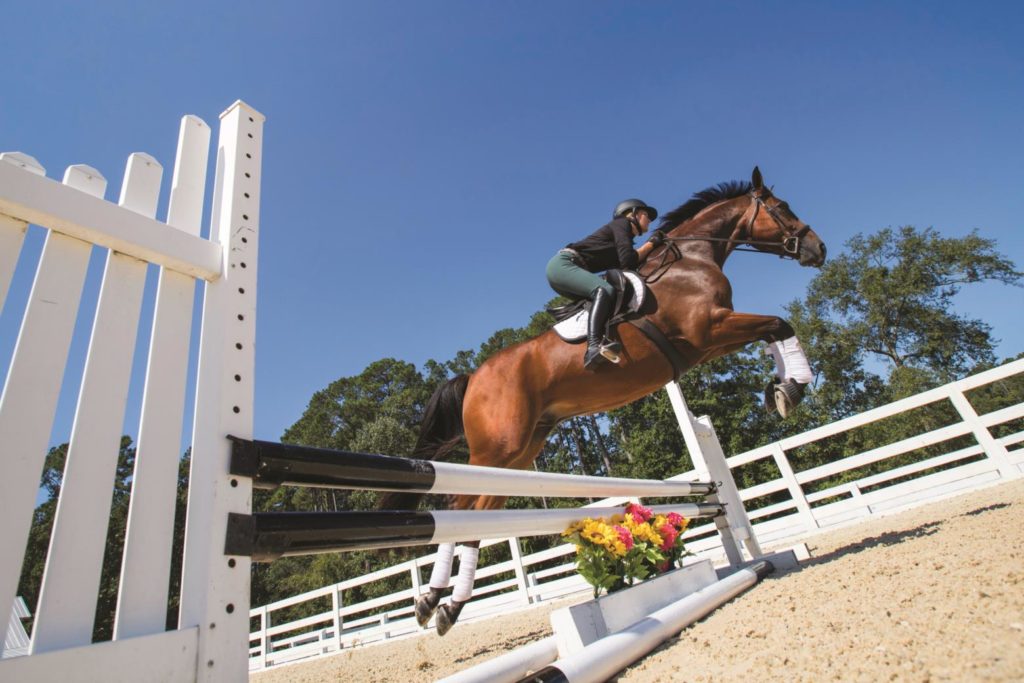

It was instant camaraderie, complete with invitations for fishing and golfing. “This is a true sporting community,” he says. “For a naturalist, there’s almost anything you want to do.”
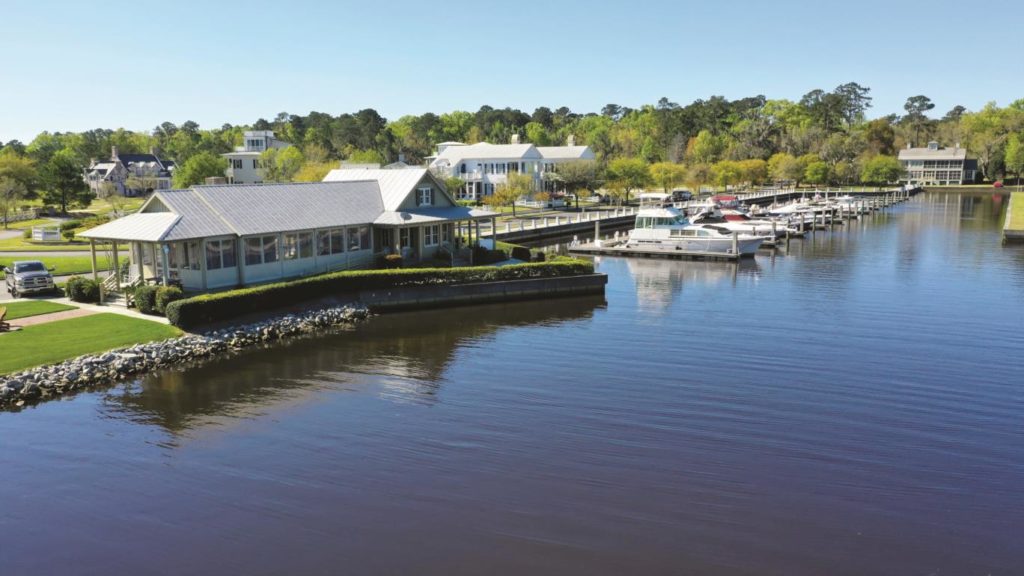

By 2005, they’d built a 3,800 square-foot home. A friend drew up construction documents while Laura Lee designed the interiors. They sold their home in Birmingham and settled in. Now they’re neighbors to owners of about 250 other properties, from 2,200-square foot cottages to 16-acre estate lots. Membership in the community is capped at 400 homes, many with views to the river, the marsh or the golf course.
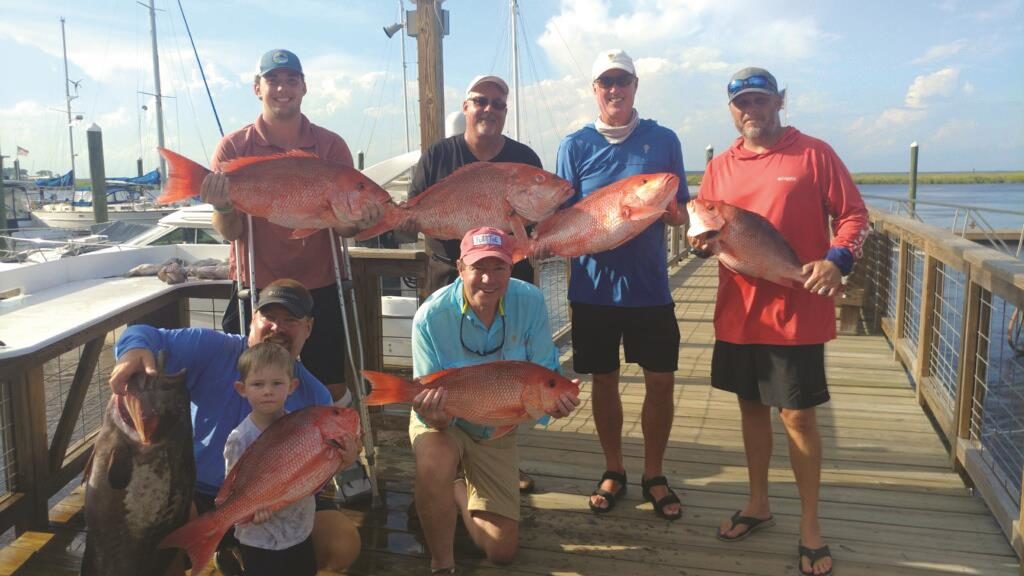

Each member was drawn by the natural beauty of Ford’s 1,800 acres – and the people who live there. “It’s very small, and very private – and you know everyone,” he says.
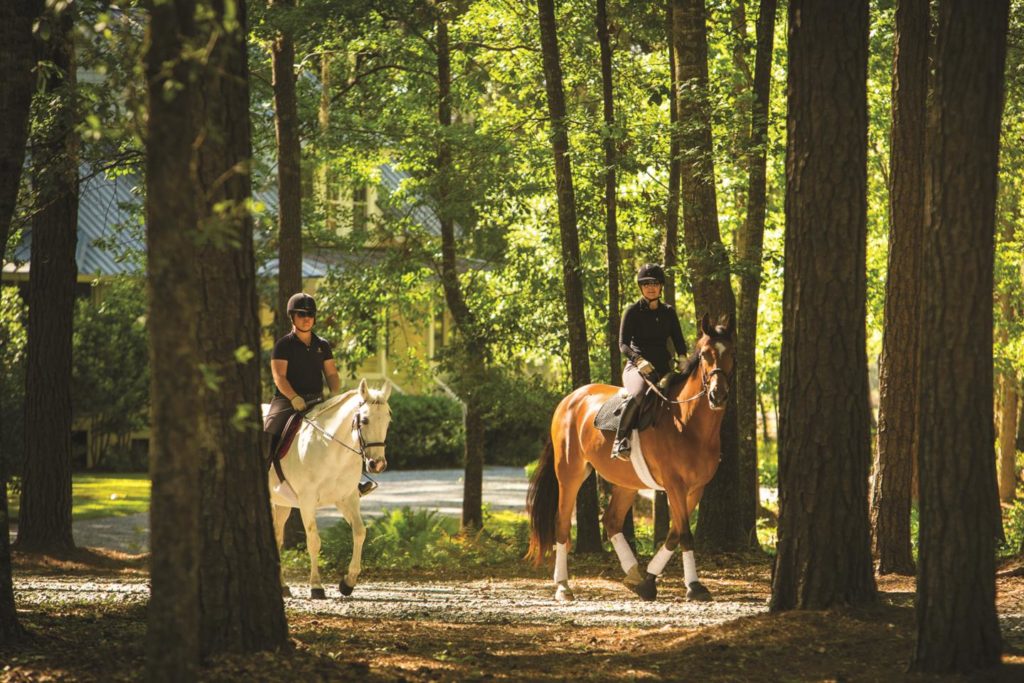

Besides outdoor adventures on site, other experiences await nearby. Savannah’s arts, parks and music scene are 25 minutes away, and six beaches are within 45-minutes. “Anything you want is here in your own back yard,” says Marc Ray, general manager at Ford.
Its newest and last neighborhood, Silk Run, is now in development. It was master-planned by Christian Sottile, former dean of the School of Building Arts at the Savannah College of Art and Design, now a partner in Sottile & Sottile. The village-like community will contain 53 homes that draw on Georgia’s English roots from the 18th and 19th centuries.
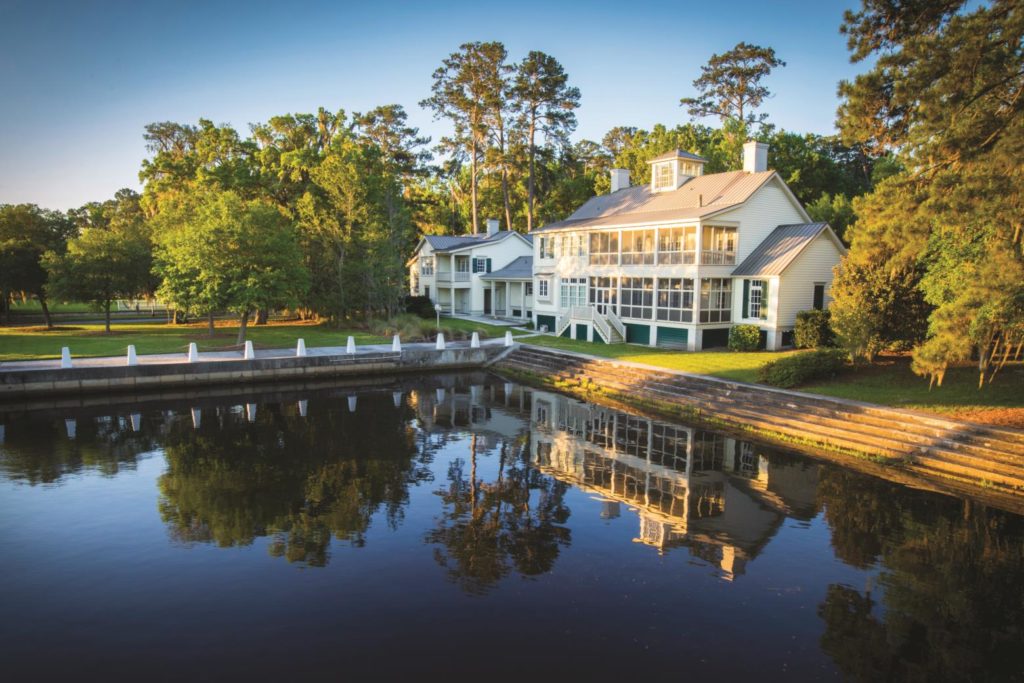

Materials are brick, stone, timber and slate, designed to stand the test of time and improve with age. The architect is aiming for a modern lifestyle, with all living areas on one level. “They feature private gardens, and you can also look out over the shared spaces,” Sottile says.
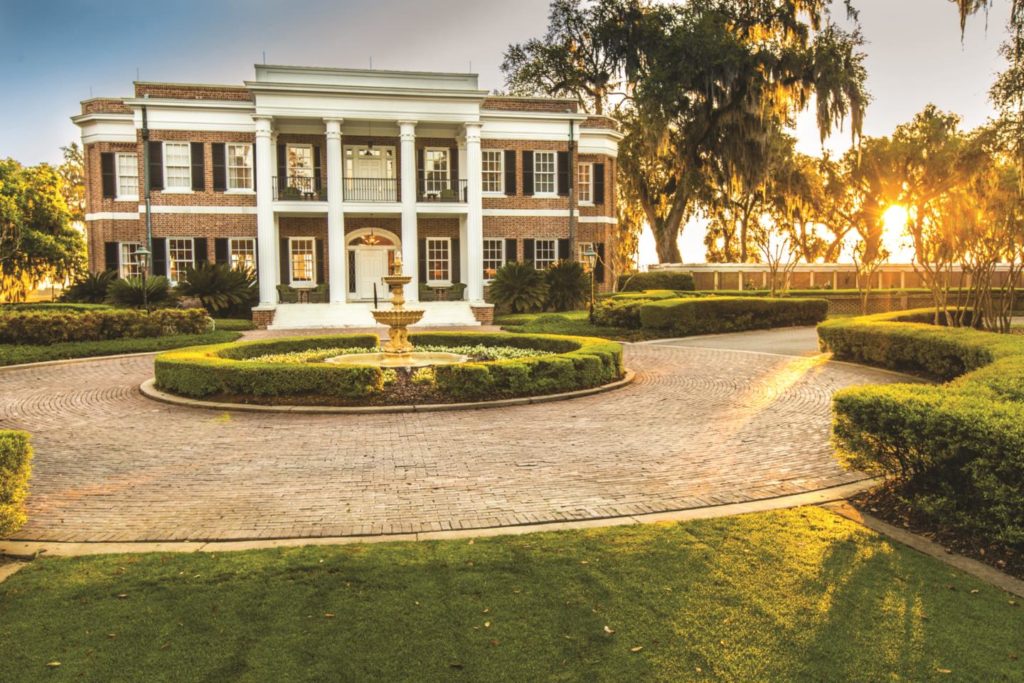

He’s referring to the community green at the heart of the neighborhood, with a pavilion for performances and events. “It will greet you as arrive,” he says. “A walking garden and settings for benches will help activate edges of the green.”
Nearby is a 300-year-old allée of live oaks, their Spanish moss swaying in the breeze. They’re part of the former rice plantation’s rich and varied heritage.
That’s something that a knowledgeable John Samford’s happy to talk about. After all, he just wrapped up writing a book on the plantation’s history.


